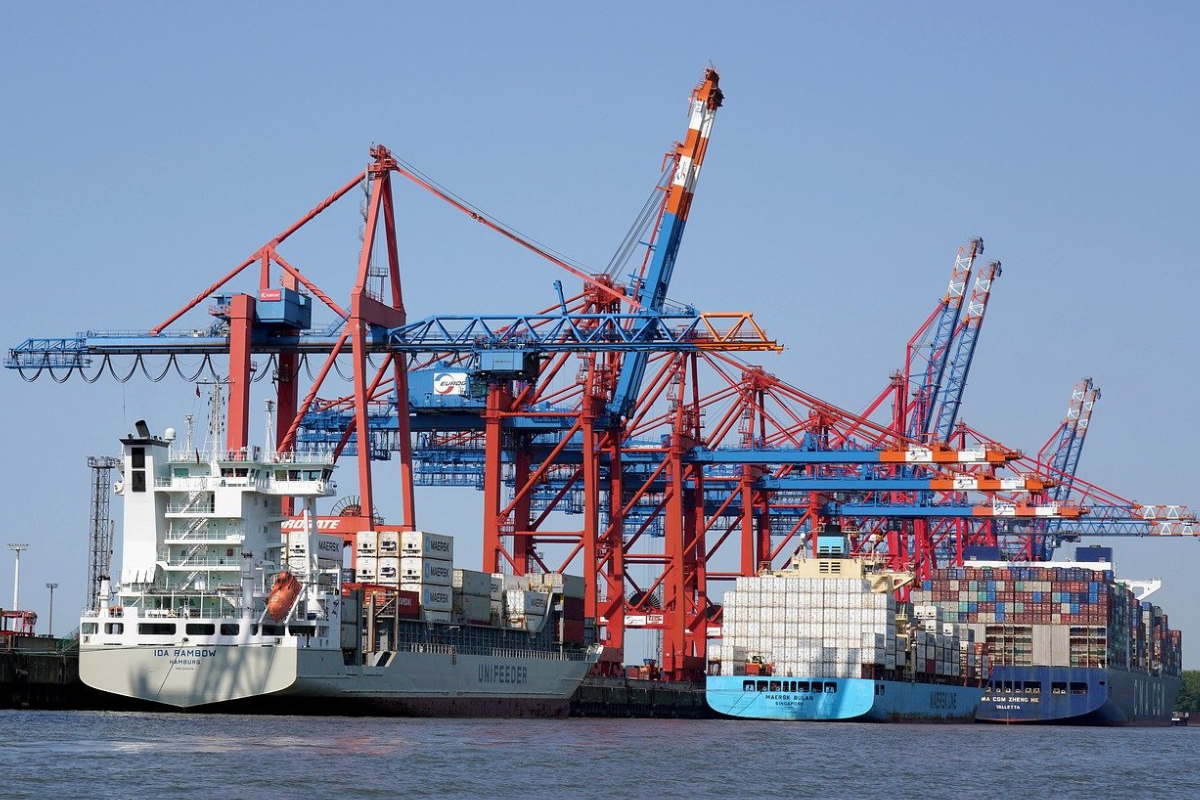- June 27, 2024
India needs to rethink its stance on trade policy barriers

Jagdish Bhagwati’s 1984 insights on India’s deregulation echoes even today as trade policies face challenges in promoting self-reliance.
Thirty-nine years ago this month, trade economist Jagdish Bhagwati submitted an article on the industrial deregulation by the Rajiv Gandhi government to an op-ed editor at the New York Times.
What the editor was especially baffled by was what Bhagwati had referred to as “broad-banding,” a recent liberalization move back then that allowed companies to diversify from one product to another in their factories without seeking permission from New Delhi. The New York Times editor could not quite believe that any government would have wanted to restrict product diversification.
The 21st century equivalent of this continuing lesson in illogical economics has been the grand (own) goal of a self-reliant India. To raise tariffs, as we have successively done over much of the past decade on more than 3,000 items, and then expect to see exports grow by leaps and bounds is a peculiar fantasy, given that we have the example of East Asia’s export-led growth of the past few decades in our extended neighbourhood to go by.
This week, the Confederation of Indian Industry (CII) in effect made a plea for a return to saner thinking in trade and industrial policy. It underlined how India’s much higher tariffs on electronic components set it at a disadvantage against competitors such as Vietnam and, if anything, hinder the localization of components.
It pointed out that our tariffs, which range from 10% to 15% on many electronic components and go as high as 27.5%, mean that “tariff-induced cost”often completely neutralizes the productivity-linked incentive scheme, and is made worse by the fact that we are not part of significant regional free trade agreements (FTAs).
If the World Trade Organization had the capacity to adjudicate on companies suing their government for assorted tariff and non-tariff barriers, Indian exporters, from electronics to garments, would arguably have a pretty strong case.
The almost 50-page CII study also seeks a rollback of measures taken after Beijing’s attacks along our border in 2020, calling for what it calls a “non-restrictive approach” towards technology transfers and foreign direct investment (FDI) from China as well as an easing of the inward movement of Chinese skilled manpower.
It points out that openness to component imports in industries that China and Vietnam sought to turn into export powerhouses has been a bedrock of their trade policies. The report notes that China, with its dominating share of trade in electronics—from iPads and mobile phones to computers and countless components—imports more than 40% of its electronic components.
The reason is simple enough: making such products requires high-end components such as screens and cameras, as well as chips made in countries such as Korea and Taiwan.
I would argue for a much more calibrated approach than the CII does in liberalizing trade with China. It is not coincidental that most of the developed world is seeking to reduce its dependence on China—and they were not attacked along their border by Beijing in the midst of the covid pandemic.
The question is how to do it in a systematic way and how can we quickly build strong links with Taiwan and Korea that could help us acquire the domestic capabilities we lack. As economists Ajay Shah and Ila Patnaik wrote this week in Business Standard, “New non-tariff barriers against Chinese imports into India should be accompanied with numerous elements of liberalisation of engagement with other countries.”
This, as the CII authors would likely argue, is easier to champion in an op-ed article than to carry out overnight in the real world, given China’s huge share of manufacturing different inputs that are critical to industries as varied as pharmaceuticals, garments and electronics.
But we need to think along those lines, by starting, as I wrote in these pages in 2021, with building much stronger ties with Taiwan, (shorturl.at/tVNIv). What is abundantly clear is that the reflexive attempt after the attacks and incursions in Galwan in 2020 to reduce our dependence on China has not worked.
As a ‘Mint Primer’ observed this week, our bilateral trade deficit with China in the last financial year “touched a record $85 billion, having doubled in the past four years.”
We need a rethink of our counter-productive trade policies. If we adjusted our annual merchandise export totals to account for inflation, it would be apparent that we are going backwards. As the Global Trade Research Initiative, a think-tank, observes, China’s garments exports last year were $114 billion, Vietnam’s $82 billion and India’s just under $15 billion and declining.
Undaunted, the relevant ministries pluck targets for textile exports out of the air; $100 billion by 2030 is one government projection, $600 billion by 2047 is another. A senior bureaucrat with considerable experience in trade policy points out that our garment industry is hobbled by high tariffs on viscose and polypropylene, both essential for so much of global athleisure demand.
Unsurprisingly, my last orders from Marks & Spencer India, of T-shirts and trousers in cotton and a gift of a tuxedo made of man-made fibre, were from Bangladesh and Vietnam. Alarmed by this foreign invasion of my wardrobe, I am trying to help the self-reliance cause by buying handloom sarees for friends instead, but am well short of my lofty targets.
Authored by Rahul Jacob. This article was originally published on LiveMint news website.
Views published do not represent the stand of this publication.
